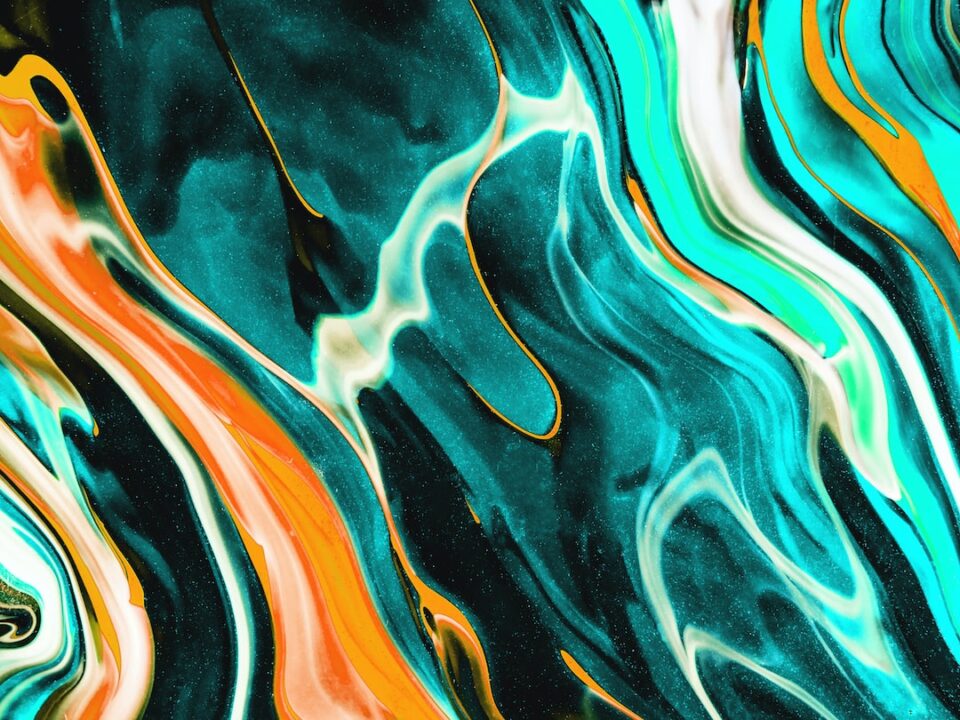In the past, the worlds of art and technology seemed to exist in isolation, with very little overlap or synergy between the two. However, with the rise of virtual reality (VR) technology in recent years, we are seeing a significant shift in the way that artists and creatives are exploring their craft, and technology is becoming an increasingly important tool in the art world.
From the creation of immersive installations to the use of augmented and virtual reality in exhibitions and performances, VR technology is enabling artists and creatives to develop new ways of engaging with their audiences and expanding the possibilities of what can be accomplished with art.
One of the most exciting developments in the intersection of art and technology is the use of VR to create immersive installations. These installations allow visitors to step into a virtual world and experience art in a whole new way, with fully interactive and customizable experiences that go beyond what traditional art mediums can offer.
One example of this is the virtual reality installation “The VR Museum of Fine Art,” which allows users to explore famous masterpieces and sculptures from around the world in a fully immersive VR environment. Visitors can view works of art in stunning detail and at different angles, providing a unique and engaging experience that is not possible through traditional representation.
Another way that VR technology is changing the game in the art world is the use of augmented and virtual reality in exhibitions and performances. With the use of AR and VR, artists can create entirely new experiences for their audiences, such as displays that react to the movements of the viewer or performances that transport the audience to a different world.
One example of this is the AR exhibition “Unseen Star,” which uses AR technology to create a three-dimensional installation that reacts to the movements of the viewer. As visitors move through the installation, they are able to interact with the elements and change the way that the space looks and feels.
The intersection of art and technology is also opening up new possibilities for collaboration and experimentation, as artists and technologists work together to create innovative new works. This collaboration allows for a sharing of knowledge and perspectives, fostering fresh approaches to both art and technology.
Ultimately, the rise of VR technology has the potential to transform the art world in profound ways, allowing for new modes of expression, immersive experiences, and interactive environments that break down traditional boundaries and bring people closer to the creative process. As VR technology continues to evolve, we can expect to see increasingly exciting and innovative developments at the intersection of art and technology, ushering in a new era of creativity and exploration.


